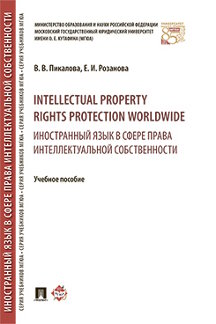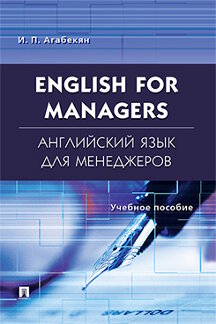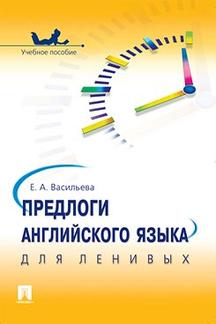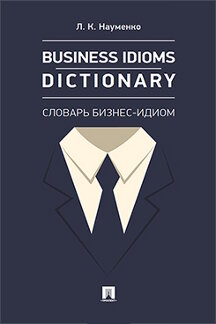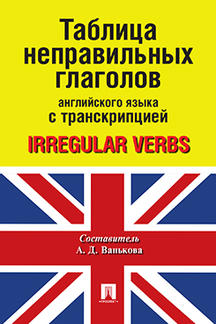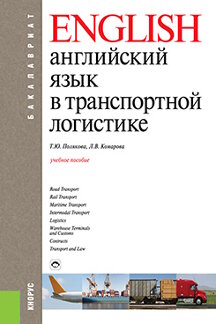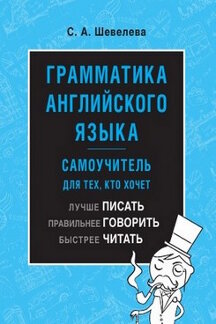|
|
ОглавлениеUnit 2 IP: International Legal Environment Unit 3 Copyright Law: Rationale of copyright. Obtaining and enforcing copyright Unit 4 Copyright Law: Moral and Economic rights Unit 5 Copyright Protection of Computer Software Unit 6 Copyright Law: “Whose format is it anyway?” Unit 7 Trademarks: definition, functions, registration and use Unit 8 IP and Business: Trademark Coexistence Unit 11 Patent Law: Patent application Unit 13 Role of Intellectual Property in Enhancing the Competitiveness of the Tourism Industry Для бесплатного чтения доступна только часть главы! Для чтения полной версии необходимо приобрести книгуUnit 13 Role of Intellectual Property in Enhancing the Competitiveness of the Tourism IndustryREADINGExercise 1. Read the first part of the article and say whether the following statements are true or false. If they are false correct them, if they are true prove it. 1. Today even sound, shape or smell could amount to a trademark provided they function as trademarks in the marketplace. 2. The so-called “famous” marks have more extensive rights. 3. Registered marks do not have rights in perpetuity, from time to time an owner has to renew registration and pay registration fees. 4. Certification marks are owned by an association whose members use them to identify themselves with a level of quality or other requirements set by the association. 5. Trademarks and brands are deemed to be the same concepts. 6. The design may consist of three-dimensional features, such as the shape or surface of an article, or of two-dimensional features, such as patterns, lines or colour. Intellectual Property The tools of the intellectual property system are amply applicable to the tourism sector. Broadly speaking, developing and exploiting brands is particularly appropriate to the service sector and thus to the tourism sector. Core to developing and exploiting a brand are trademarks, geographical indications (certification marks, collective marks or a sui generis system) or industrial designs as well as other intellectual property rights such as patents, copyrights and trade secrets which contribute to the whole brand image. Trademarks are any sign capable of distinguishing the goods or services of one enterprise from that of another. That is whether the sign is composed of letters, numerals or figurative elements if it is capable of distinguishing the product or service it could amount to a trademark. Today even sound, shape or smell could amount to a trademark provided they function as trademarks in the marketplace. Depending on the national law of a country, a trademark could be a registered mark or be an unregistered mark, the latter amounting to a trademark through use in the market place.Those marks deemed to be “famous” have more extensive rights. Registered or unregistered marks have rights in perpetuity, as long as renewal fees are paid in the case of the former and as long as no one successfully opposes the use of that mark in the case of the latter. In industry and on the street one is more likely to hear the term “brand” as opposed to “mark”. It is important to clarify that while these terms may overlap they are not one and the same. Branding is a marketing term which embodies many different concepts with intellectual property rights, principally trademarks, contributing towards its development. A brand, is therefore a larger and more amorphous concept, being essentially a communication tool whereas a trademark and other intellectual property rights, which may contribute to it, are based in law and have clear legal definitions. There are other categories of trademarks which are very relevant to the matter at hand. Collective marks are owned by an association whose members use them to identify themselves with a level of quality or other requirements set by the association. Examples of such associations would be those representing accountants, engineers, or architects. Certification marks are given for compliance with defined standards, but are not confined to any membership. They may be granted to anyone whose goods or services meet certain established standards. A geographical indication (GI) is a sign used on goods that have a specific geographical origin and possess qualities, reputation or characteristics that are essentially attributable to that origin. An appellation of origin (AO) is a special kind of GI. An industrial design is the ornamental or aesthetic aspect of an article. The design may consist of three-dimensional features, such as the shape or surface of an article, or of two-dimensional features, such as patterns, lines or colour. Industrial designs are applied to a wide variety of products of industry and handicraft: from technical and medical instruments to watches, jewelry, and other luxury items; from household items and electrical appliances to vehicles and architectural structures; from textile designs to leisure goods. Broadly speaking, any confidential business information which provides an enterprise a competitive edge can qualify as a trade secret. A trade secret may relate to technical matters, such as the composition or design of a product, a method of manufacture or the know-how necessary to perform a particular operation. Copyright is the body of laws which grants authors, artists and other creators protection for their literary and artistic creations, which are generally referred to as “works”. A closely associated field of rights related to copyright is “related rights”, which provides rights similar or identical to those of copyright, although sometimes more limited and of shorter duration. The beneficiaries of related rights are performers (such as actors and musicians) in their performances; producers of sound recordings (for example, cassette recordings and compact discs) in their recordings; and broadcasting organizations in their radio and television programs. С книгой "Intellectual property rights protection worldwide = Иностранный язык в сфере права интеллектуальной собственности. Учебное пособие" автора Пикалова В.В., Розанова Е.И. также читают:Внимание! Авторские права на книгу "Intellectual property rights protection worldwide = Иностранный язык в сфере права интеллектуальной собственности. Учебное пособие" (Пикалова В.В., Розанова Е.И.) охраняются законодательством! |
||||||||||||||||||||||


